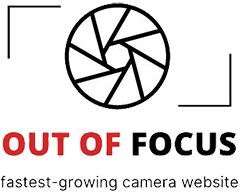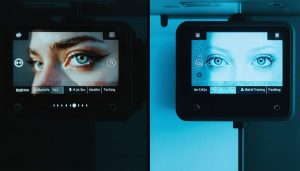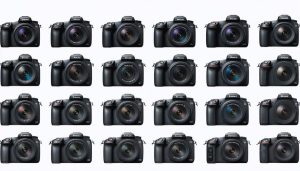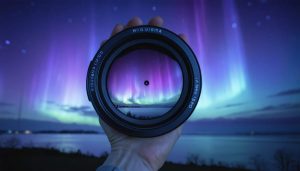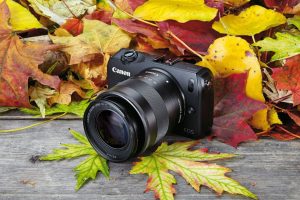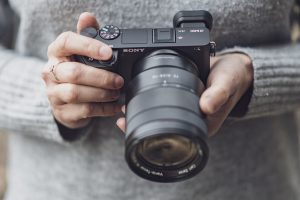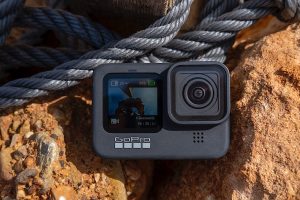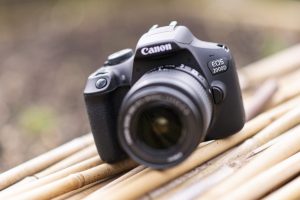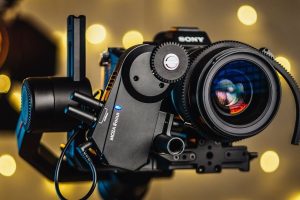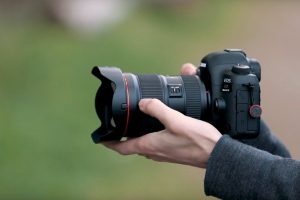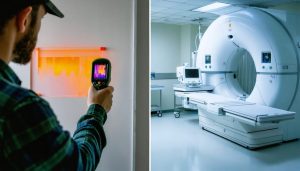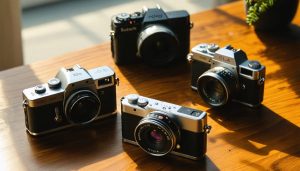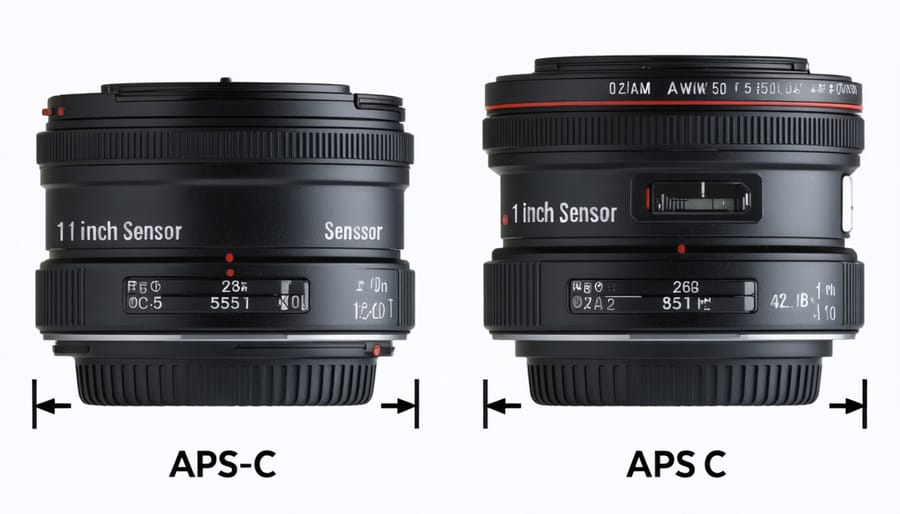
When choosing between a 1-inch sensor and APS-C, the fundamental truth is that sensor size matters far more than megapixel count or marketing claims. The roughly 2.7x larger surface area of an APS-C sensor translates to superior light gathering capability, better dynamic range, and cleaner low-light performance – advantages that become immediately apparent in challenging shooting conditions. Yet this size difference also impacts your creative choices, from depth of field control to lens selection and overall system portability. For many photographers, the decision between these formats represents a critical turning point in their imaging journey, balancing performance requirements against practical considerations like budget and intended use. Understanding these tradeoffs is essential for making an informed choice that aligns with your photographic goals and shooting style.
Size Matters: Physical Differences Explained
The Numbers Behind the Names
Let’s break down the actual dimensions that separate these two sensor formats. A full-frame (1″) sensor measures approximately 36mm × 24mm, while an APS-C sensor typically measures around 23.6mm × 15.6mm (though these measurements can vary slightly between manufacturers). To put this in perspective, an APS-C sensor is about 1.5 times smaller than a full-frame sensor in terms of total surface area. This size difference affects various aspects of camera sensor sizes and their performance characteristics.
The crop factor between these formats is approximately 1.5x for most manufacturers (1.6x for Canon), meaning a 50mm lens on an APS-C camera will provide a field of view equivalent to a 75mm lens on a full-frame camera. In terms of total light-gathering surface, a full-frame sensor offers roughly 864 square millimeters of area, while an APS-C sensor provides approximately 368 square millimeters. This substantial difference in surface area plays a crucial role in low-light performance and depth of field characteristics.
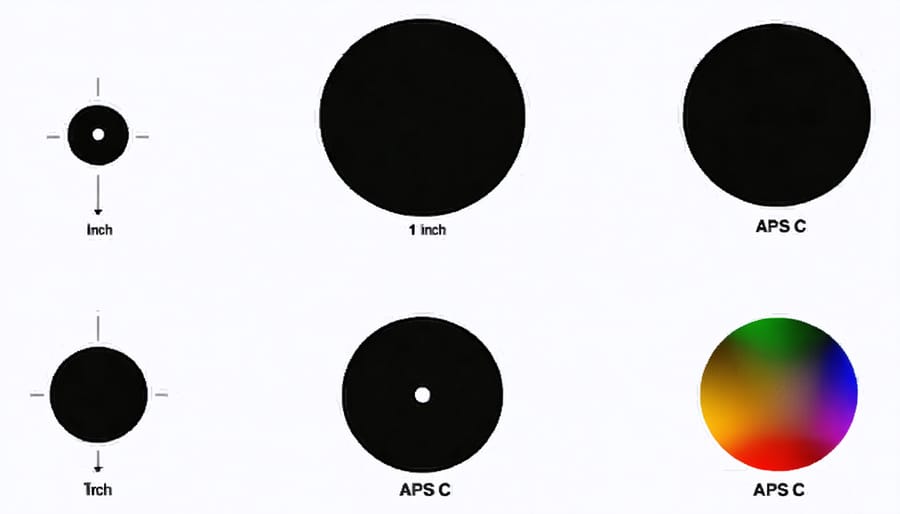
Real Estate Impact on Image Quality
The physical size difference between a 1″ sensor and an APS-C sensor plays a crucial role in their light-gathering capabilities. Think of sensors as solar panels – the larger the surface area, the more light they can collect. APS-C sensors, being roughly 2.7 times larger than 1″ sensors, naturally capture more light from your scene.
This size advantage translates directly to better low-light performance and improved dynamic range. When shooting in challenging lighting conditions, such as during sunset or in dimly lit interiors, an APS-C sensor will typically produce cleaner images with less noise. The larger surface area also means each individual pixel can be bigger while maintaining the same resolution, resulting in better light sensitivity and more detailed images.
Consider this practical example: shooting a wedding reception. An APS-C sensor will generally handle the dark dance floor better than a 1″ sensor, producing images with less grain and better color accuracy. This real estate difference is particularly noticeable when pushing ISO settings higher, where the larger sensor maintains better image quality with less degradation.
Image Quality Face-Off
Low Light Performance
When it comes to low-light performance, sensor size plays a crucial role in image quality. Full-frame (1″) sensors generally outperform APS-C sensors in challenging lighting conditions, thanks to their larger photosites (pixels) that can capture more light. This advantage becomes particularly noticeable when shooting at higher ISO settings.
A full-frame sensor typically produces cleaner images with less noise at ISO 3200 and above compared to an APS-C sensor. For instance, images shot at ISO 6400 on a full-frame camera might show noise levels equivalent to ISO 3200 on an APS-C camera. This translates to about a one-stop advantage in real-world shooting situations.
However, modern APS-C sensors have made impressive strides in noise handling. Current-generation APS-C cameras can produce very usable images up to ISO 6400, and some even perform well at ISO 12800 with proper exposure and noise reduction techniques. The gap between the two formats has narrowed significantly over the years.
For practical purposes, both sensor types are capable of handling dim conditions, but full-frame maintains an edge when pushing the ISO limits. Event photographers, wedding shooters, and photojournalists who frequently work in challenging light might find the full-frame advantage more meaningful. However, for most enthusiast photographers shooting in typical conditions, the low-light performance difference may not be significant enough to justify the cost difference.
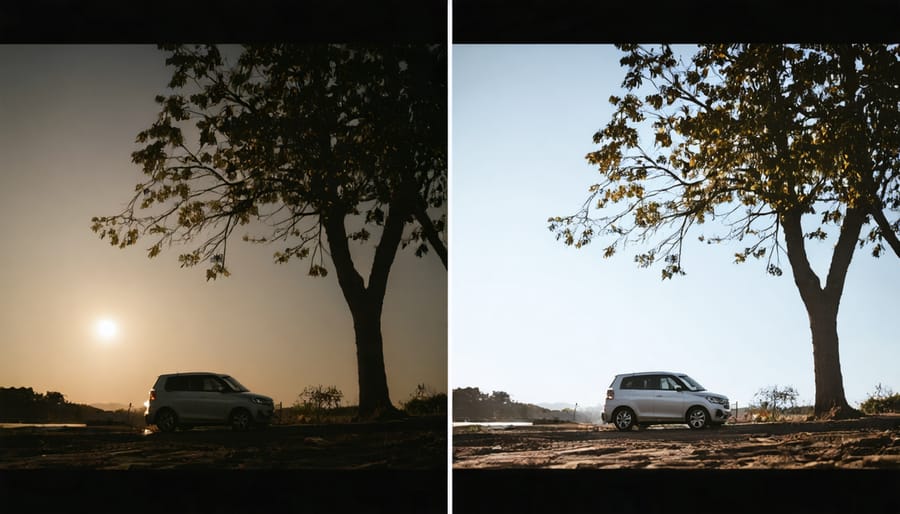
Dynamic Range
When comparing full-frame and APS-C sensors, one of the most noticeable differences lies in their dynamic range capabilities. Full-frame sensors typically offer superior performance in capturing both highlight and shadow details within the same frame, thanks to their larger photosites and improved light-gathering ability.
In challenging lighting situations, such as shooting a sunset landscape or a backlit portrait, full-frame sensors can retain more detail in both the brightest and darkest areas of the image. This translates to greater flexibility during post-processing, allowing photographers to recover more information from seemingly blown-out highlights or crushed shadows.
However, modern APS-C sensors have made significant strides in this area. While they may not quite match the dynamic range of their full-frame counterparts, the difference has become increasingly minimal, especially in mid to high-end cameras. Many APS-C sensors now offer impressive dynamic range that’s more than sufficient for most shooting scenarios.
For real-world application, the difference becomes most apparent in high-contrast situations like wedding photography, where you might need to capture details in both a white dress and dark suit simultaneously, or in landscape photography, where balancing bright skies with shadowed foregrounds is crucial. In these scenarios, full-frame sensors maintain a slight but noticeable advantage.
Depth of Field Control
One of the most noticeable differences between 1-inch and APS-C sensors is their impact on depth of field control. APS-C sensors, being larger, naturally provide more potential for background blur and subject separation. This characteristic is particularly valuable for portrait photographers and anyone looking to achieve that coveted “professional” look with creamy bokeh.
Think of it this way: shooting at f/2.8 on an APS-C camera will give you noticeably more background blur than the same f/2.8 aperture on a 1-inch sensor camera. This is because the larger sensor size creates a shallower depth of field at equivalent focal lengths and apertures. However, this doesn’t mean 1-inch sensors can’t create beautiful background blur – they absolutely can, especially when using longer focal lengths or getting closer to your subject.
For landscape photographers who often want everything in focus, the deeper depth of field characteristic of 1-inch sensors might actually be advantageous. It’s easier to get more of your scene sharp without needing to stop down to extremely small apertures, which can introduce diffraction and reduce overall image quality.
The key is understanding these differences and choosing the tool that better matches your creative vision. If achieving maximum background blur is crucial for your photography, an APS-C sensor will give you more flexibility in this regard.
Real-World Applications
Street and Travel Photography
When it comes to street and travel photography, the choice between full-frame and APS-C sensors often boils down to portability and versatility. APS-C cameras typically offer a more compact and lighter package, making them ideal companions for long walks through city streets or extended travel adventures. While compact camera performance has improved dramatically, the smaller sensor size doesn’t mean compromising on image quality.
The crop factor of APS-C sensors can actually be advantageous for street photography, offering more reach with standard lenses. A 35mm lens on an APS-C camera effectively becomes a 50mm equivalent, perfect for capturing candid moments without getting too close to your subjects. This extra reach can help maintain discretion, a crucial element in street photography.
Full-frame sensors, while offering superior low-light performance and broader dynamic range, often come with bulkier bodies and heavier lenses. This can make them less ideal for situations where you need to be nimble and unobtrusive. However, if you frequently shoot in challenging lighting conditions or need maximum detail for large prints, the full-frame advantage might outweigh the portability factor.
Consider your travel style and shooting preferences. If you prioritize mobility and want to travel light while still capturing high-quality images, APS-C might be your better choice. Full-frame makes more sense if image quality is your absolute priority and you don’t mind the extra weight.
Portrait and Event Photography
When it comes to portrait and event photography, the difference between full-frame and APS-C sensors becomes particularly noticeable in how they render background blur and subject separation. Full-frame sensors generally produce a more pronounced bokeh effect at the same aperture settings, thanks to their larger surface area and different depth of field characteristics.
For portrait photographers, this natural background separation can be a significant advantage. When shooting at f/2.8 on a full-frame camera, you’ll achieve a creamy, soft background that makes your subject pop. The same lens on an APS-C sensor will require you to step back further to maintain the same framing, which slightly reduces the background blur effect.
However, APS-C sensors aren’t without their merits in this domain. The increased depth of field can actually be beneficial during event photography, where you might need more subjects in focus at once. For example, when capturing group shots at weddings or corporate events, the slightly deeper focus range helps ensure everyone remains sharp without having to stop down your aperture too much.
Professional portrait photographers often prefer full-frame for its superior subject isolation, but many successful event photographers choose APS-C systems for their versatility and typically lower cost. The choice ultimately depends on your specific shooting style and the look you’re trying to achieve in your final images.
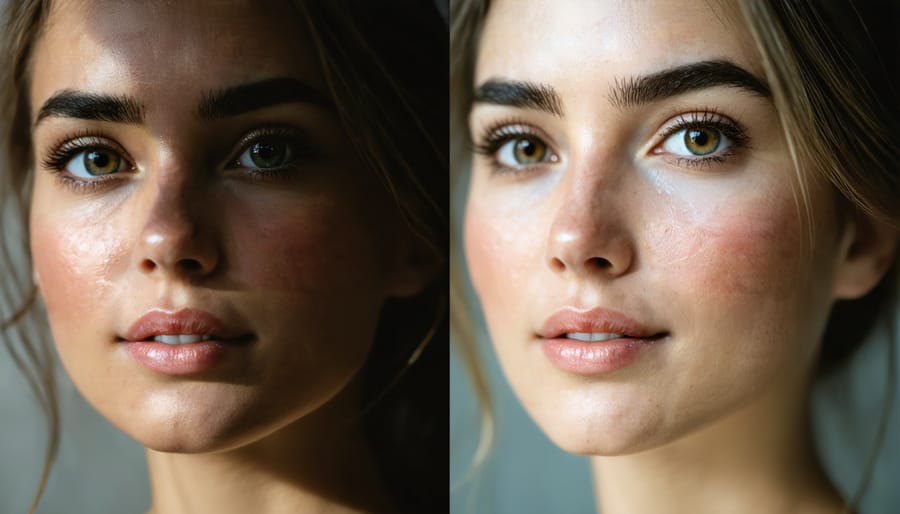
Landscape and Architecture
When it comes to landscape and architectural photography, both full-frame and APS-C sensors offer distinct advantages worth considering. Full-frame sensors generally provide superior detail retention, especially in wide-angle shots where every nuance of a sweeping vista matters. The larger sensor area captures more light and information, resulting in richer textures in elements like rock formations, building facades, and foliage.
Dynamic range is another crucial factor, and full-frame sensors typically excel here. They can better handle high-contrast scenes common in landscape photography, like sunrise shots with bright skies and shadowed foregrounds. This translates to more flexibility in post-processing, allowing you to recover details in both highlights and shadows without introducing noise.
However, APS-C sensors shouldn’t be dismissed. Modern APS-C sensors have made impressive strides in dynamic range capabilities, and many photographers find them more than adequate for landscape work. The crop factor can actually be beneficial for architectural photography, effectively increasing the reach of your lenses when shooting distant details or tall buildings.
Budget-conscious photographers might find APS-C systems particularly appealing, as they can invest the savings in high-quality wide-angle lenses – often a more significant factor in image quality than sensor size alone. The lighter weight of APS-C systems can also be advantageous during long hikes or when shooting handheld architectural details.
Price vs Performance
Camera Body Investments
When comparing the investment required for full-frame and APS-C camera bodies, there’s typically a substantial price difference. Full-frame cameras generally command premium prices, with entry-level models starting around $1,500 and professional bodies reaching $3,500 or more. In contrast, APS-C cameras offer more budget-friendly options, with quality bodies available from $700 to $1,800.
For example, the Canon EOS R6 (full-frame) costs approximately $2,500, while its APS-C counterpart, the EOS R7, is priced around $1,500. Similar price gaps exist across other manufacturers’ lineups. Sony’s full-frame a7 III typically sells for $2,000, while the APS-C a6600 is available for about $1,400.
This price difference often allows APS-C users to invest the savings in quality lenses or additional photography gear. However, it’s worth noting that the gap between full-frame and APS-C prices has been narrowing in recent years, particularly with the introduction of more affordable full-frame mirrorless cameras.
When making your decision, consider that the initial body investment is just part of the equation. Factor in the cost of compatible lenses, which can significantly impact your overall photography budget. Some photographers find that starting with an APS-C system allows them to build their kit gradually while developing their skills and determining their specific needs.
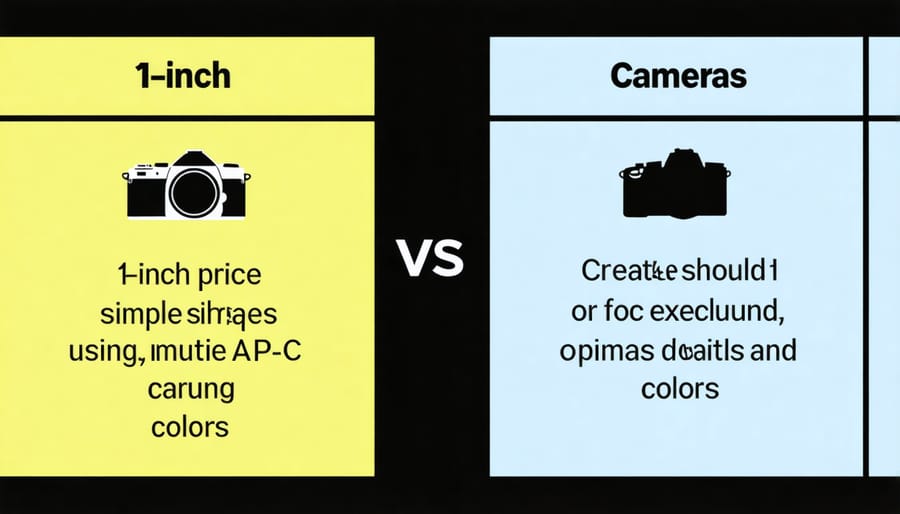
Lens Ecosystem Considerations
When choosing between full-frame and APS-C systems, lens ecosystem considerations play a crucial role in both your creative possibilities and your wallet. Full-frame lenses typically offer higher build quality and superior optical performance, though this lens quality impact comes with a significantly higher price tag.
APS-C systems generally offer more affordable lens options, with many manufacturers producing lightweight, compact lenses specifically designed for crop sensors. This can be particularly advantageous for photographers just building their kit or those working with budget constraints. A typical APS-C zoom lens might cost half as much as its full-frame equivalent.
However, full-frame systems usually provide a broader selection of specialized lenses, especially in the professional range. You’ll find more options for ultra-wide angles, fast prime lenses, and specialty optics like tilt-shift lenses. Keep in mind that while full-frame lenses can be used on APS-C cameras (with the crop factor applied), APS-C lenses generally can’t be used on full-frame bodies without heavy vignetting.
Consider your long-term photography goals when making this decision. If you’re primarily shooting landscapes or portraits and plan to grow professionally, the investment in full-frame glass might be worthwhile. For general photography, travel, or wildlife where reach is important, the APS-C ecosystem could offer better value and practical advantages.
After exploring the nuances between full-frame and APS-C sensors, it’s clear that both formats have their distinct advantages and ideal use cases. Full-frame sensors excel in low-light performance, offer superior dynamic range, and provide that coveted shallow depth of field that many portrait and wedding photographers seek. However, they come with a higher price tag and typically require more expensive lenses.
APS-C sensors, on the other hand, offer excellent value for money, lighter gear overall, and provide advantages for wildlife and sports photography due to their crop factor. They’ve also made significant technological strides, with many modern APS-C cameras delivering image quality that rivals full-frame sensors from just a few years ago.
For beginners and enthusiasts on a budget, APS-C cameras represent an excellent starting point, offering professional-level features and image quality without breaking the bank. They’re particularly well-suited for travel photography, street shooting, and general-purpose photography where portability matters.
Professional photographers and those specializing in low-light situations, landscape photography, or studio work might find the investment in a full-frame system more justifiable. The enhanced image quality and low-light capabilities can make a meaningful difference in these scenarios.
Ultimately, the choice between full-frame and APS-C should be based on your specific needs, budget, and photographic goals rather than purely technical specifications. Consider factors like the types of photography you enjoy, your current skill level, and your long-term photography aspirations. Remember that exceptional images can be created with either format – it’s the photographer’s vision and skill that matter most.
